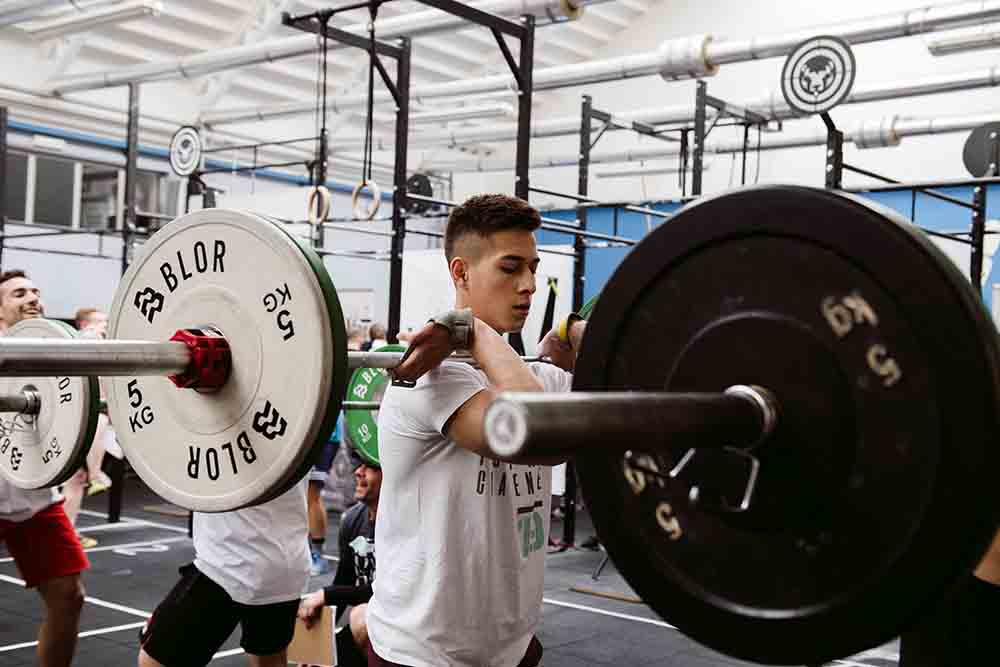In any field - sporting or not - technique is one of the key factors for continuing to progress.
This is even more true in the weightlifting, where not only the continuous refinement of the execution of a lift allows to continue to add load (or repetitions), but a technique as precise and calculated allows to reduce the risk of suffering injuries.
For the snatch and clean & jerk the subject becomes even more stringent, because we are talking about risers in which the technical component it already makes the movement successful. In fact, it is almost impossible to "improvise" a clean & jerk, nor to remedy technical errors with the force brute, as is sometimes possible with a deadlift.
The optimal technique is the passport to get great results in our sport.
Index
Plateaus, technique and biomechanics
Sooner or later every athlete happens to encounter a plateau: the inability to add those extra 2,5 kilos, or to complete that tenth rep. Most likely, the deadlock can be overcome refining the technique of raising.
The technical improvement of our lift - that is the error correction and inaccuracies - goes through a biomechanical analysis of both our movement and that of the barbell.
In weight training la trajectory of the barbell an extremely precise vector follows. This vector can be compared with those of elite athletes' lifts: this is how sports science has built a series of models and models that identify the best trajectories for each riser.
The trajectory in the snatch
For the snatch for example, four typical trajectories have been identified through computerized analysis of athletes' movements - and the rockers.
The trajectories allow to understand asymmetries and the imbalances of the athlete's muscle management.
If a first trajectory shows an athlete who tends to jump back during the power position - because his legs are much stronger than his back - the second indicates a series of adjustments that the athlete has to make to correct
- a wrong starting position of the feet
- the inability to draw the bar to oneself with the middle section of the back
- an error in the positioning of the shoulders
In this way the waste of energy is highlighted in compensations that can be avoided with the refinement of the technique.
A third trajectory is called "of the beginner": the hips push the barbell away, and show how the athlete is not yet clear about the meaning of the power position.
Finally, one was identified ideal trajectory in snatch.
The four trajectories are just one of the elements that show how difficult it can be to successfully implement a technical lift such as the snatch.
At this point the biomechanical characteristics to be taken into consideration to improve the technical lift.
For the snatch
- maximum speed of the barbell
- height of the barbell in the moment of maximum speed
- height of the barbell in the moment in rack position (depends on the height of the athlete)
For the jerk from the chest
- depth of the squat (squatting)
- maximum height of the barbell in the rack position
- maximum speed of the barbell

